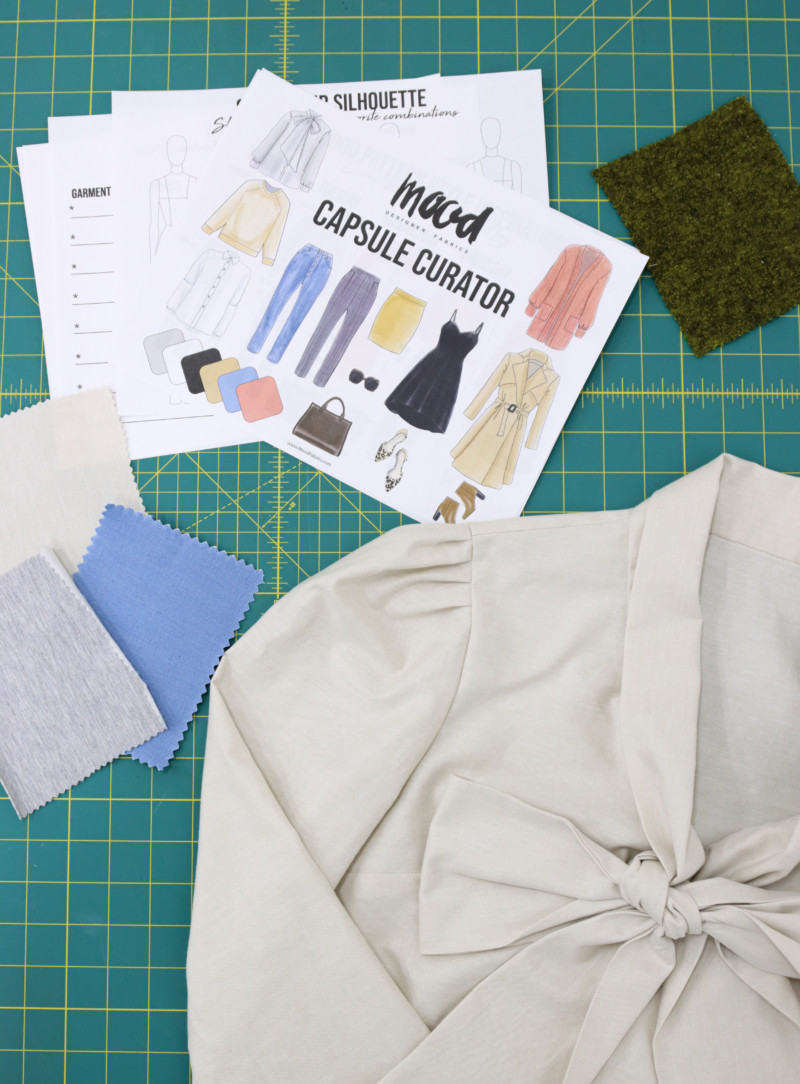
We all learned lessons in quarantine, but the most impactful for me was the importance of preserving the things we have and slowing down the amount of consumerism. Fashion companies had many issues, including heavy delays in shipping their products. Fast fashion contributes to a large amount of our planet’s waste, and quarantine shed some light on the textile industry’s contribution to it. Keep reading to learn what fast and slow fashion are and the benefits of choosing slow fashion.
Fast Fashion VS. Slow Fashion
- Fast fashion clothing consists of trendy items manufactured quickly to meet consumer demand in mass quantities at cheap prices. Recent fast fashion brands that have become wildly popular receive new styles weekly.
- Slow fashion focuses on creating items that favor sustainable and ethical production methods that are meant to last. The items are typically sold at higher price points to cover the mindful sourcing and production costs.
In the 1800s, fabric and yarn were spun by hand, so clothing options were limited. A few pieces were made to wear during their respective season but as textile technology advanced, so did the number of clothing pieces being produced. By the mid-1800s, dressmakers started outsourcing jobs to people who could sew from home or later to factories to cut costs, which resulted in sweatshops full of poor working conditions. Some years later, when WW2 occurred, clothing was rationed, and there was a demand to clothe the working class in decent quality clothing, which was the first time the working class was able to afford quality clothing. The next 50 years saw an increase in the need for mass-produced items at affordable rates. This trend started slow and small but has now developed into unethical sweatshops around the world- underpaying and often mistreating those that create the fast fashion that we see today.
Why is the turn to slow fashion so important? Following slow fashion means focusing on sustainability. Swapping higher prices for better quality clothing and much less of it doesn’t sound so bad. Instead of wearing fewer clothes out of pricepoint necessity like before, we need to do it for the environment if we want to preserve it.
Check out a few of the benefits of backing slow fashion:
- Transparent supply chain
- Workers are valued
- Natural or recycled fabrics used
- Eco-friendly
- Sustainable
- High quality
- Ethical production
While higher prices and less variety are two downsides, the pandemic has brought major attention to the detrimental impacts of fast fashion. Now there is more work being done to create fashionable, ethically made, and environmentally friendly pieces due to the awareness the pandemic provided.
I often think about the times I shop my closet to get ready for the day and find nothing to wear not because of lack of options but because of lack of practical ones. Slow fashion scales back the options, putting the focus on the environment and the quality of the items. It also encourages buying second-hand, recycling, and upcycling clothing to give it a longer life. Adopting a capsule wardrobe is a great way to include slow fashion while giving it practical use in day-to-day life.
Are you looking to create sustainable clothing? Below is a list of eco-friendly fabrics that are more likely to be kind to the environment.
Check out a comprehensive list of the eco-friendly options Moodfabrics.com offers here.
Choosing sustainable fabrics and clothing pieces is a lot easier when you’re informed of the benefits. What measures have you taken (or are planning to take) to reduce clothing waste?


2 comments
I’ve actually stopped buying clothing in stores or online all together. A few months ago I made a commitment to make all of my own clothing as a way to cut out the unethical worker conditions that are going on. I also try to use sustainable or upcycled fabrics. Bed sheets from thrift stores have become my new best friend for mock ups!
(@Kathy – I’ve been doing the same thing! Charity shop cotton sheets have been amazing for learning to sew.)
I’ve never really been someone to buy a lot of fast fashion, and even less so in the last few years. Part of this is because I think a lot of trends that come and go look horrendous, but another major part is just never being able to pin down a consistent size to fit my chest properly. No fashion brand is geared for anyone bigger than a C or D cup at very most, and when they do, it’s all boxy, shapeless, and depressingly thoughtless. People literally come in all shapes and sizes, and when you’re especially short (or especially tall), unless you’re skinny, you’re going to struggle to find things that make you feel and look your best.
I end up buying a lot of charity shop and thrift store things now because sometimes you can find a half-decent pair of Levi’s, or something that’s already worn in and comfortable, or a decent tailored coat from an expensive brand that would have cost £200 new for less than £20.00 (I have done this exactly once and lightning has yet to strike twice on that kind of bargain!).
Sewing patterns and charity shop fabrics are becoming my best friends right now!